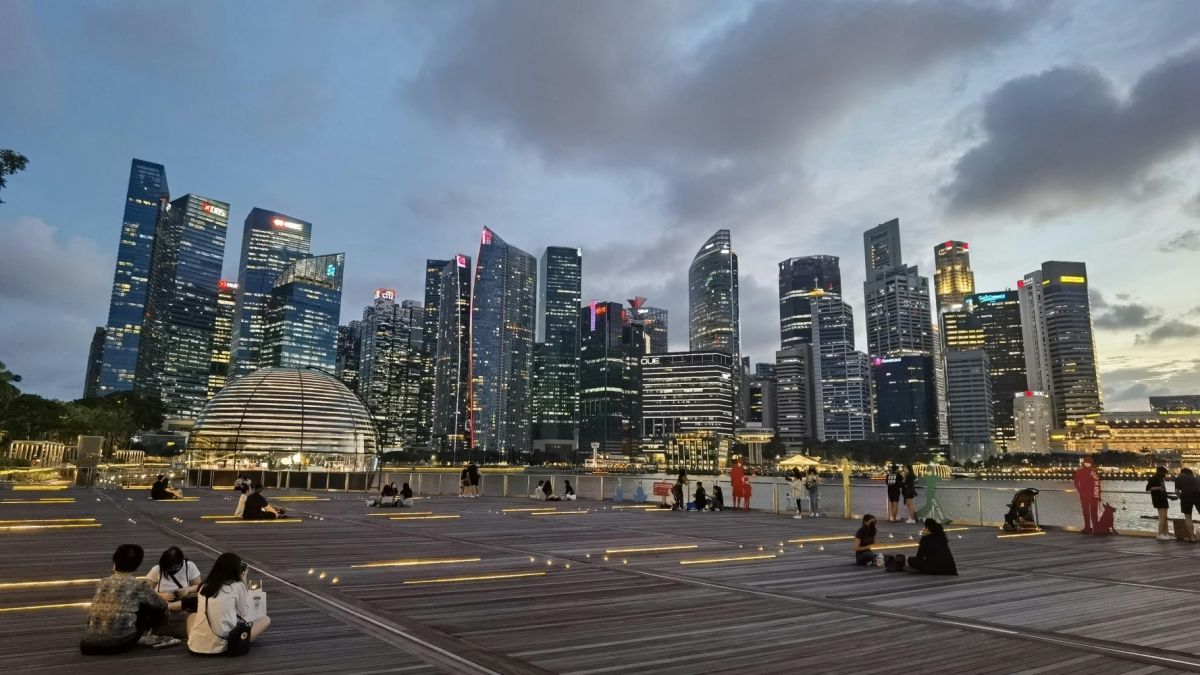SINGAPORE: Singapore’s economy experienced a 2.7% growth in the first quarter of 2024, according to the Asian Development Bank’s (ADB) Asian Development Outlook July 2024 report. This growth, largely driven by robust performances in the services and construction sectors, came despite a decline in the manufacturing sector.
The GDP increase was further bolstered by a rise in consumption expenditure, even as investment showed signs of contraction.
Both exports and imports exhibited strong growth, although at a slower pace compared to the previous quarter. Despite the manufacturing sector’s underperformance, its Purchasing Managers’ Index (PMI) remained in expansionary territory as of May, indicating positive business sentiment.
The services sector played a significant role in the economic uptick, with expectations that it will continue to maintain a positive outlook over the next six months, albeit slightly below earlier forecasts. The construction sector also contributed significantly to the economic growth.
On the other hand, the manufacturing sector faced challenges but still managed to stay in positive territory, as indicated by the PMI. This suggests that, despite the decline, there remains optimism within the manufacturing community about future prospects.
Looking ahead, domestic demand and export activity are projected to remain strong, supporting ongoing growth. However, higher consumer prices and interest rates are anticipated to pose challenges.
The ADB notes that Southeast Asia, including Singapore, has steady growth projections of 4.6% for 2024 and 4.7% for 2025, driven by improvements in both domestic and external demand.
Consumption in the region continues to be buoyed by stable prices and an increase in tourism, supporting economic expansion. However, stringent monetary policies have moderated this growth. Increased investment in infrastructure projects within major Southeast Asian economies is also contributing positively.
The broader Southeast Asian region is expected to benefit from the anticipated recovery in exports and positive manufacturing PMI readings. The growth forecasts for all Southeast Asian economies, with the exception of Lao PDR, remain unchanged for 2024 and 2025.
Albert Park, ADB Chief Economist, commented, “Most of Asia and the Pacific is seeing faster economic growth compared with the second half of last year. The region’s fundamentals remain strong, but policymakers still need to pay attention to a number of risks that could affect the outlook, from uncertainty related to election outcomes in major economies to interest rate decisions and geopolitical tensions.”
Overall, Singapore’s economy appears to be on a stable growth trajectory, supported by strong performances in key sectors and positive domestic and external demand, despite facing some economic headwinds.

